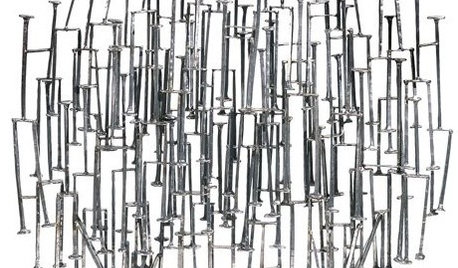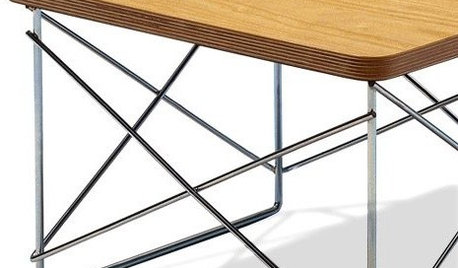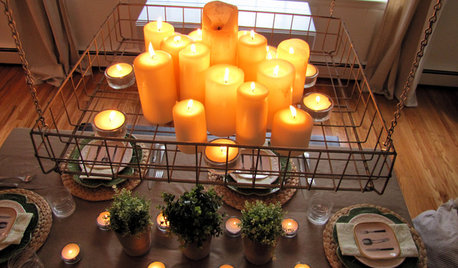Wire size
greenmile
13 years ago
Related Stories

ACCESSORIESHow to Hide Those Messy Wires
Untangle Yourself From Ugly Electrical Cords With a Few Tricks and Accessories
Full Story
SHOP HOUZZShop Houzz: Down to the Wire
Versatile wire furniture and accents mesh well with all styles, from traditional to modern
Full Story0

DECORATING GUIDESInspiring Materials: Metal Wire
Add the Open Look of Wire to Your Lighting, Furnishings and Decor
Full Story
MORE ROOMSHome Tech: Getting Rid of Wires Without Sacrificing Sound
Wireless home technology still isn't perfect, but new products are giving audiophiles choices
Full Story
DIY PROJECTSHide All Those Wires in a DIY Charging Station
Keep your gadgets handy and charged with a flexible storage board you can design yourself
Full Story
PRODUCT PICKSGuest Picks: Wonderful Wire
Use the strength and versatility of modern and vintage wirework to bring creativity to your home
Full Story
LIGHTING10 Ways With Wall Lights That Don’t Need to Be Wired In
Learn how to add illumination to your home without carving into the walls
Full Story
FURNITUREModern Icons: The Eames Wire Base Table
Simple modern table is light and versatile enough for every room in the house
Full Story
DECORATING GUIDESFlea Market Finds: Wire Baskets
Turn Rustic-Industrial Pieces Into Chandelier, Pendant or Mobile Centerpiece
Full Story
DIY PROJECTSHide Cords in Style With DIY Graphic Panels
Keep wires under wraps for a neater-looking home office or media center, with wall panels you make to your exact taste
Full StoryMore Discussions










brickeyee
mike_kaiser_gw
Related Professionals
North Versailles Electricians · Annandale General Contractors · Broadview Heights General Contractors · Coatesville General Contractors · Erie General Contractors · Ken Caryl General Contractors · Los Lunas General Contractors · Waxahachie General Contractors · Joppatowne General Contractors · East Lake Solar Energy Systems · Moreno Valley Solar Energy Systems · Fox Chapel Home Automation & Home Media · Hacienda Heights Home Automation & Home Media · Lakeway Home Automation & Home Media · West Hollywood Home Automation & Home MediagreenmileOriginal Author
bigbird_1
kalining
randy427
hrajotte
greenmileOriginal Author
lbpod
manhattan42
pharkus
petey_racer
ontariojer
ontariojer
brickeyee
bus_driver
lbpod
DavidR